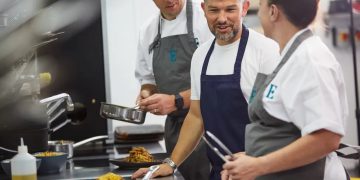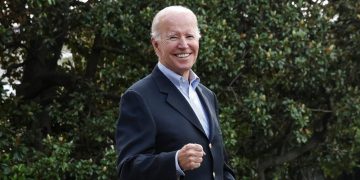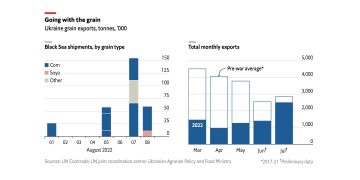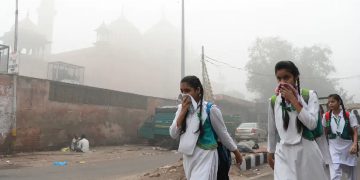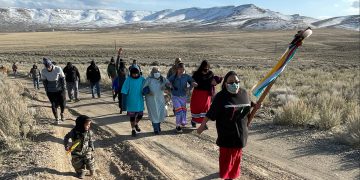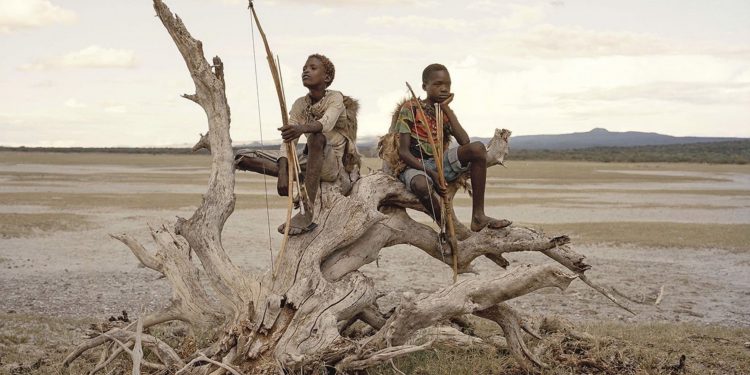The Economist says the range of human foods is a reflection of ecological and anthropological variety—the consequence of tens of thousands of years of parallel yet independent cultural evolution.
And yet, as choice has proliferated in other ways, diets have been squeezed and standardised. Dan Saladino, a food journalist at the BBC reminds readers of what stands to be lost.
In “Eating to Extinction” he travels far and wide to find “the world’s rarest foods”. These include the murnong, “a radish-like root with a crisp bite and the taste of sweet coconut”; for millennia it was a primary food for Australia’s Aboriginals, before almost vanishing. The unpasteurised version of English Stilton, meanwhile, was salvaged from hygiene rules by an American enthusiast who renamed it Stichelton.
The book’s overarching theme is the rapid decline in the diversity of human foods over the past century.
Inside the stomach of a man who died 2,500 years ago, and whose body was preserved when it sank into a Danish peat bog, researchers found the remains of his last meal: “a porridge made with barley, flax and the seeds of 40 different plants”. In east Africa, the Hadza, one of the last remaining hunter-gatherer tribes, “eat from a potential wild menu that consists of more than 800 plant and animal species”.
By contrast, most humans now get 75 per cent of their calorie intake from just eight foods: rice, wheat, maize, potatoes, barley, palm oil, soya and sugar.
Even within each of those food groups there is homogenisation. Decades of selective breeding and the pressures of global food markets mean that farms everywhere grow the same varieties of cereals and raise the same breeds of livestock.
In an ever-changing world, diversity is an insurance policy. The pressures of climate change and rapidly spreading diseases make that insurance all the more important.
The unhappy fate of the Large White pig, the quintessential farmed swine, is a case in point. But in the past few years African swine fever has swept through. By summer 2020 it had reached Europe—and may have killed nearly half of China’s pigs and a quarter of the world’s. Homogeneity made the planet’s piggy population a pathogen’s playground.
Nikolai Vavilov, for example, founded the world’s first seed bank, in Leningrad (now St Petersburg). He and his disciples gathered more than 150,000 seed samples before he was sent to a prison camp under Stalin. In 1943 Vavilov “was claimed by the very thing he had spent his life working to prevent: starvation”.
His seed collection, however, lives on thanks to the immense sacrifice of the conservationists he inspired. Under siege by the Nazis, and with Vavilov stuck in prison, they moved hundreds of boxes to a freezing basement and took turns standing guard over their trove of genetic diversity. “By the end of the 900-day siege”, writes Mr Saladino, “nine of them had died of starvation.” Among them was the curator of the rice collection, found dead “at his desk, surrounded by bags of rice”.

